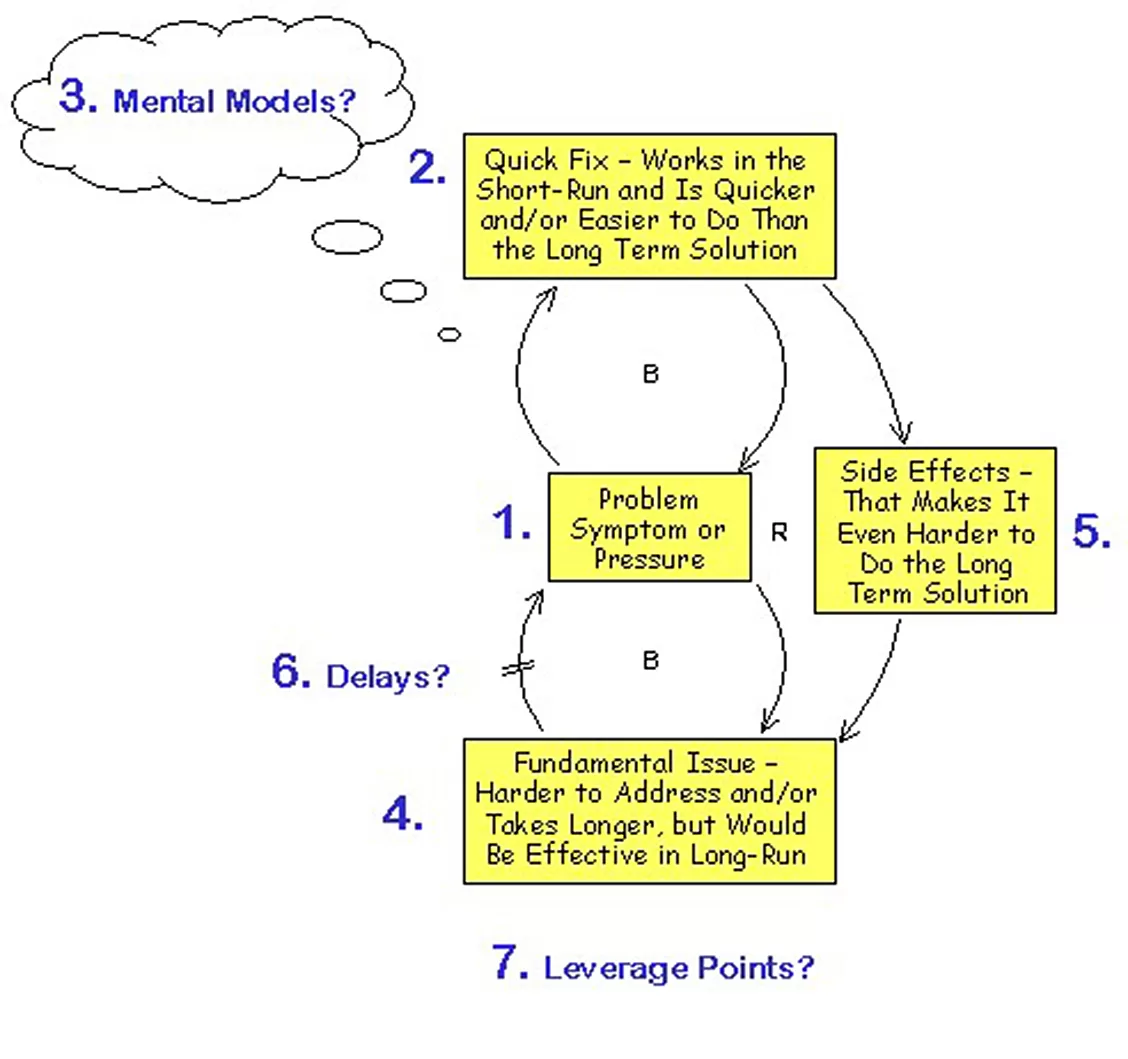While we don’t have instincts, we do form habits. Some are good while others turn out to be downright bad. Our brains create stronger neural pathways the more we follow a habit. When people have a shared understanding of a problem, they often have a shared way of solving it. The habit in solving for a shared problem is used for new but similar looking problems. Even if they don’t have the same root cause or required solution. This leads to entire cultures forming habits of treating symptoms and is called shifting the blame.
Habits are hard to break and are a leading cause of resistance to change. In fact, because of the strong neural pathways, changing habits can be as painful as physical trauma. I’ve found one of the best ways to get teams to change their habits is to use an approach that:
- Communicates the reasons for the change
- Is inclusive for all people
- Provides the necessary resources to make the changes
- Ensures the changes support the purpose and strategy, and
- Uses organizational design changes to reinforce desired habits
The Reoccurring Problem
What happens when the same problem keeps coming back? This is where a better understanding of people and cultures helps.
I use models to help grasp complex situations. To me, it doesn’t make sense to follow a model blindly or as a step by step guide. To get to actionable answers we need to understand where the problem is showing itself and what is causing it.
I like to use a model called an archetype. Archetypes are models of typical behaviors of people working together in specific ways, like problem solving. They are useful because they provide a big picture view of common behaviors. Quickly understanding how people solve problems and what keeps them from getting to the root cause is very useful.
For example, ‘shifting the blame’ is what I often see working with teams on problem solving. The archetype helps to show how people approach problems. It highlights how teams often treat symptoms not the root causes. Figure 1 shows you the steps typically followed when root causes are not fixed. It’s useful because it helps identify several places where the cycle can be broken. It’s important to note that sometimes people are aware that they are only treating the symptom but feel powerless to do something different.

Figure 1[1]
Things to note about Figure 1:
- The first place to start is where a problem shows itself or is felt. You will not always observe a problem at the same place it is cause.
- Something that temporarily makes the pain go away. Easy to fall for this because it seems more convenient or less costly. It’s natural for us to visualize how a system works. The better we understand the problem the more detailed our mental models.
- It’s natural for us to visualize how a system works. The better we understand the problem the more detailed and accurate our mental models become.
- Root causes are separated from symptoms by distance or time
- People, process and technologies reinforce quick fixes. This is the point where many abandon normal risk remediation.
- Delays are self-imposed or part of a bigger problem. Distance may cause a delay or leaders are slow to respond.
- What types of action do people have for getting at the fundamental issue or for breaking the cycle.
The Role of Leadership
Leaders should not solve problems for their people, they should make sure they don’t shift the blame. Also, focus on behaviors not people (The line between blame and accountability.) The biggest tell-tale sign that your people are not getting at the root cause is if they are solving the same problem again and again.
[1] www.iseesystems.com/Online_training/course/module6/6-06-4-0-shiftdrawown.htm







